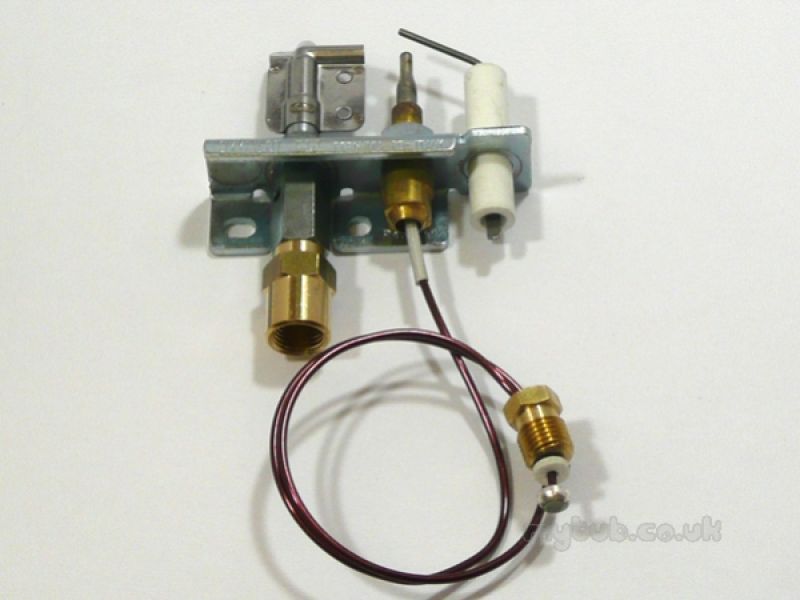
Stevenson worked for the Northern Lighthouse Board for nearly fifty years during which time he designed and oversaw the construction and later improvement of numerous lighthouses. This structure was based upon Smeaton's design, but with several improved features, such as the incorporation of rotating lights, alternating between red and white. His greatest achievement was the construction of the Bell Rock Lighthouse in 1810, one of the most impressive feats of engineering of the age. One such influence was Robert Stevenson, himself a seminal figure in the development of lighthouse design and construction. This represented a great step forward in lighthouse design. John Smeaton's rebuilt version of the Eddystone Lighthouse, 1759. His lighthouse was the prototype for the modern lighthouse and influenced all subsequent engineers. This profile had the added advantage of allowing some of the energy of the waves to dissipate on impact with the walls. The dovetailing feature served to improve the structural stability, although Smeaton also had to taper the thickness of the tower towards the top, for which he curved the tower inwards on a gentle gradient. He rediscovered and used " hydraulic lime", a form of concrete that will set under water used by the Romans, and developed a technique of securing the granite blocks together using dovetail joints and marble dowels. He modeled the shape of his lighthouse on that of an oak tree, using granite blocks. The civil engineer John Smeaton rebuilt the lighthouse from 1756 to 1759 his tower marked a major step forward in the design of lighthouses and remained in use until 1877. His lighthouse was the first tower in the world to have been fully exposed to the open sea. The first lighthouse built there was an octagonal wooden structure, anchored by 12 iron stanchions secured in the rock, and was built by Henry Winstanley from 1696 to 1698. The Eddystone Rocks were a major shipwreck hazard for mariners sailing through the English Channel. Original Winstanley lighthouse, Eddystone Rock, by Jaaziell Johnston, 1813. The function of lighthouses was gradually changed from indicating ports to the providing of a visible warning against shipping hazards, such as rocks or reefs. Advances in structural engineering and new and efficient lighting equipment allowed for the creation of larger and more powerful lighthouses, including ones exposed to the sea. The modern era of lighthouses began at the turn of the 18th century, as the number of lighthouses being constructed increased significantly due to much higher levels of transatlantic commerce. Coins from Alexandria, Ostia, and Laodicea in Syria also exist. The intact Tower of Hercules at A Coruña, Spain gives insight into ancient lighthouse construction other evidence about lighthouses exists in depictions on coins and mosaics, of which many represent the lighthouse at Ostia.
FOCALPOINT GAS FIRE SPARES SERIES
The most famous lighthouse structure from antiquity was the Pharos of Alexandria, Egypt, which collapsed following a series of earthquakes between 956 CE and 1323 CE. In antiquity, the lighthouse functioned more as an entrance marker to ports than as a warning signal for reefs and promontories, unlike many modern lighthouses. Since elevating the fire would improve the visibility, placing the fire on a platform became a practice that led to the development of the lighthouse.

To learn more about how and for what purposes Amazon uses personal information (such as Amazon Store order history), please visit our Privacy Notice.The Tower of Hercules lighthouse in northwest Spainīefore the development of clearly defined ports, mariners were guided by fires built on hilltops. You can change your choices at any time by visiting Cookie Preferences, as described in the Cookie Notice.

Click ‘Customise Cookies’ to decline these cookies, make more detailed choices, or learn more. Third parties use cookies for their purposes of displaying and measuring personalised ads, generating audience insights, and developing and improving products. This includes using first- and third-party cookies, which store or access standard device information such as a unique identifier. If you agree, we’ll also use cookies to complement your shopping experience across the Amazon stores as described in our Cookie Notice. We also use these cookies to understand how customers use our services (for example, by measuring site visits) so we can make improvements. We use cookies and similar tools that are necessary to enable you to make purchases, to enhance your shopping experiences and to provide our services, as detailed in our Cookie Notice.


 0 kommentar(er)
0 kommentar(er)
